In September 2015, the global communications industry reached a consensus on the formation of a low-power, wide-area coverage (LPWA) IoT standard, and the NB-IoT standard came into being. This year, with the completion of the test of NB-IoT, it officially entered the commercial stage, and the industry's attention and discussion on it is gradually heating up.
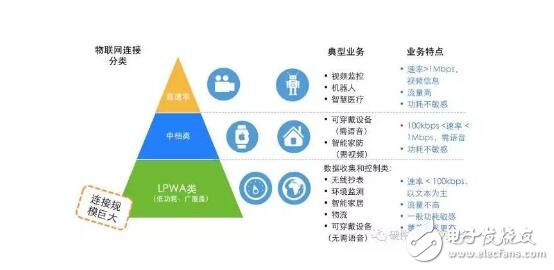
1. The spectrum is narrow: 200kHz;
2. The terminal transmits a narrowband signal to improve the power spectral density of the signal, improve the coverage gain of the signal, and improve the spectrum utilization efficiency;
3. The same data packet repeated transmission can also obtain better coverage gain;
4. In addition, the technology reduces the activation ratio of the terminal and reduces the complexity of the baseband of the terminal.
5, NB-IOT four major capabilities: wide coverage, massive connectivity, lower power consumption, lower chip cost.
6. Based on the existing cellular network technology, NB-IOT can quickly support the industry market demand by upgrading the existing network, becoming the fourth mode on the GUL network.
Advantages of NB-IoT1, strong links
In the case of the same base station, NB-IoT can provide 50-100 times the number of accesses than existing wireless technologies. One sector can support 100,000 connections, supporting low latency sensitivity, ultra-low device cost, low device power consumption, and optimized network architecture. For example, due to bandwidth limitation, operators only open 8-16 access ports for each router in the home, while a family often has multiple mobile phones, laptops, and tablets. In the future, it is necessary to realize the whole house intelligence. The need for networking across hundreds of sensing devices has become a daunting challenge. And NB-IoT is enough to easily meet the needs of a large number of devices in the future smart home networking.
2, high coverage
NB-IoT has strong indoor coverage and 20dB gain over LTE, which is equivalent to an increase of 100 times coverage area. Not only can it meet the wide coverage needs of rural areas, but also for applications such as factory areas, underground garages, and manhole covers that require deep coverage. Take the manhole cover monitoring as an example. In the past, the GPRS method required an antenna to be extended, and the vehicle was extremely vulnerable to damage. The NB-IoT can solve this problem as long as it is properly deployed.
3, low power consumption
Low-power features are an important indicator for IoT applications, especially for devices and occasions where batteries cannot be replaced frequently, such as sensors that are placed in remote areas of the Alpine Wilderness. The battery life of several years is the most essential requirement. NB-IoT focuses on small data volume and small rate applications, so the power consumption of NB-IoT devices can be very small, and the battery life can be greatly improved from the past few months to several years.
4, low cost
Compared with LoRa, NB-IoT does not need to re-build the network, and the radio and antenna are basically multiplexed. Taking China Mobile as an example, there is a relatively wide frequency band in 900MHZ. Only a part of the 2G frequency band needs to be cleared, and the simultaneous deployment of LTE and NB-IoT can be directly performed. Low speed, low power consumption and low bandwidth also bring low cost advantages to NB-IoT chips and modules. The module is expected to cost no more than $5.
NB-IOT network interface and protocol stack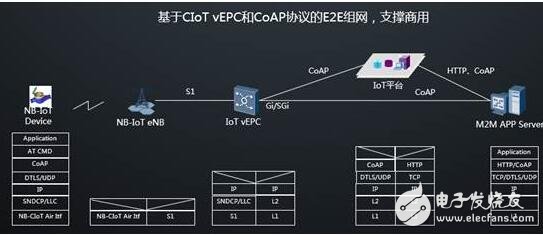
CoAP (Constrained Applica TIon Protocol) is a protocol designed by the IETF for restricted application environments. It is similar in function to HTTP, but is lighter and more efficient, and is suitable for NB-IoT terminals.
The UE directly communicates with the IoT platform or the M2M APP Server through the CoAP protocol and carries the application layer data. When the M2M APP server supports the CoAP protocol, the service data may not pass through the IoT platform, and the DTLS protocol is optional, and needs to be supported end-to-end.
Nb-iot network architecture detailedThe end-to-end system architecture of NB-IoT is shown in the figure below.
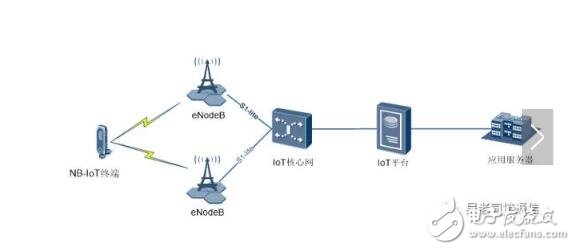
1) NB-IoT terminal: Connect to the base station through an air interface.
2) eNodeB: It mainly undertakes air interface access processing, cell management and other related functions, and connects to the IoT core network through the S1-lite interface, and forwards the non-access layer data to the high-level network element for processing. It should be noted here that NB-IoT can be networked independently or in combination with EUTRAN. (In the case of duplex mode, NB can only support FDD, so it must be integrated with FDD.)
3) IoT core network: assumes the function of interacting with the non-access stratum of the terminal, and forwards the IoT service related data to the IoT platform for processing. Similarly, NB can be networked independently or shared with LTE.
It should be noted that the general written IoT core network here is a lazy and irresponsible way of writing. This will be described in detail below, and more technical details are involved here.
4) IoT platform: aggregates IoT data obtained from various access networks and forwards them to corresponding service applications for processing according to different types.
5) Application server: It is the final convergence point of IoT data, and performs data processing and other operations according to the needs of customers.
1, the core network
In order to send IoT data to applications, the Cellular Internet of Things (CIoT) defines two optimization schemes in the EPS:
User Plane CIoT EPS opTImisaTIon
CIoT EPS Control Surface Function Optimization (Control Plane CIoT EPS opTImisation)
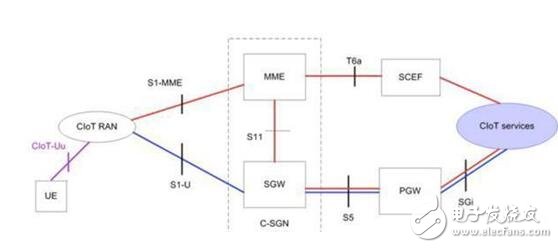
As shown in the figure above, the red line indicates the CIoT EPS control plane function optimization scheme, and the blue line indicates the CIoT EPS user plane function optimization scheme.
For the optimization of the CIoT EPS control plane function, the uplink data is transmitted from the eNB (CIoT RAN) to the MME, where the transmission path is divided into two branches: either transmitted to the PGW through the SGW and then transmitted to the application server, or through the SCEF (Service Capa- bility) Exposure Function) connects to the application server (CIoT Services), which only supports non-IP data transfer. The downstream data transmission path is the same, but in the opposite direction.
This solution does not need to establish a data radio bearer, and the data packet is sent directly on the signaling radio bearer. Therefore, this scheme is very suitable for non-frequency small packet transmission.
The SCEF is newly introduced for the NB-IoT design. It is used to transmit non-IP packets on the control plane and provides an abstract interface for network services such as authentication.
For the CIoT EPS user plane function optimization, the IoT data transmission method is the same as the traditional data traffic, and the data is transmitted on the radio bearer, and transmitted by the SGW to the PGW to the application server. Therefore, this scheme creates additional overhead when establishing a connection, but its advantage is that the packet sequence is transmitted faster.
This solution supports IP data and non-IP data transfer.
2. Access network
The access network architecture of NB-IoT is the same as that of LTE.
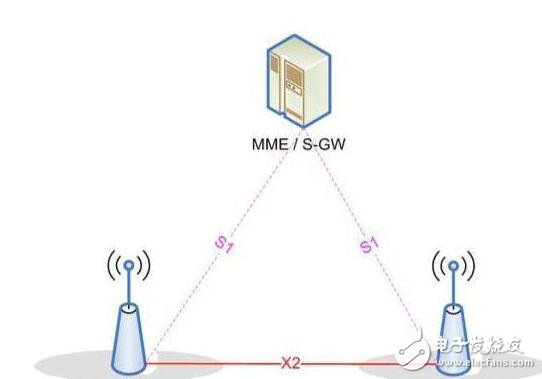
The eNB is connected to the MME/S-GW through the S1 interface, except that the NB-IoT message and data are transmitted on the interface. Although the NB-IoT does not define a handover, there is still an X2 interface between the two eNBs. The X2 interface enables the UE to quickly start the resume process and access other eNBs after entering the idle state (the resume process will be detailed later in this document). ).
3, the frequency band
NB-IoT follows the band number defined by LTE, and Release 13 specifies 14 bands for NB-IoT.
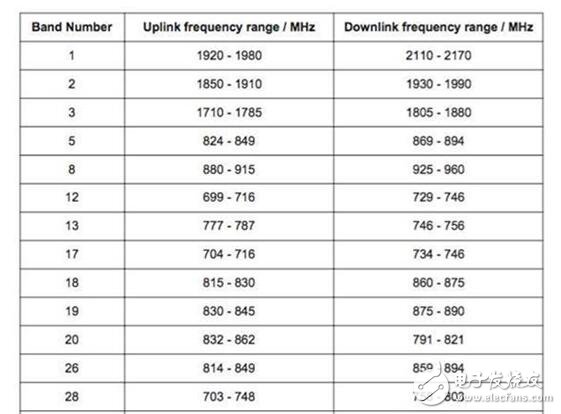
Film Cutting Equipment,Skycut Mobile Screen Protector Film Cutter,Full Transparent Screen Protector,Tpu Screen Protector Cuttable
Shenzhen TUOLI Electronic Technology Co., Ltd. , https://www.hydrogelprotectors.com